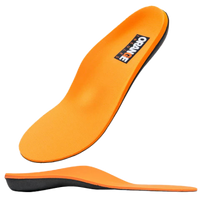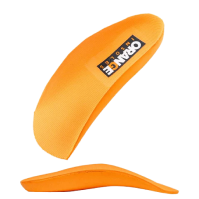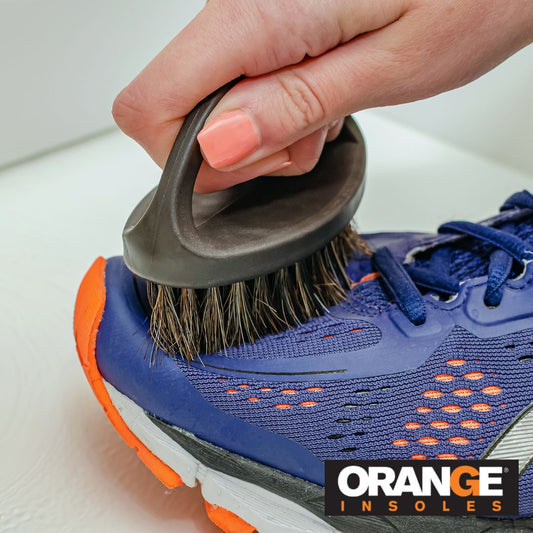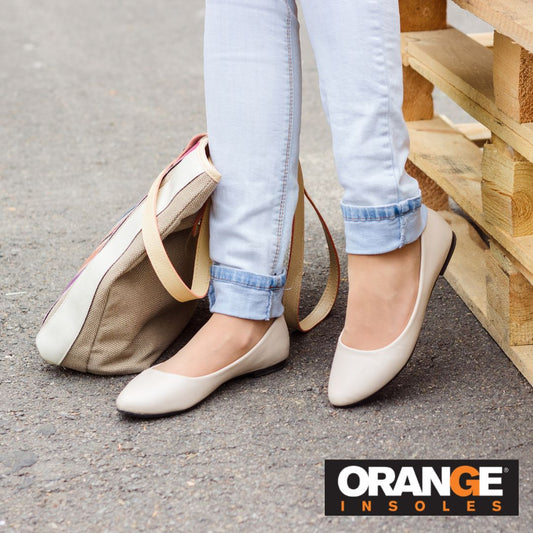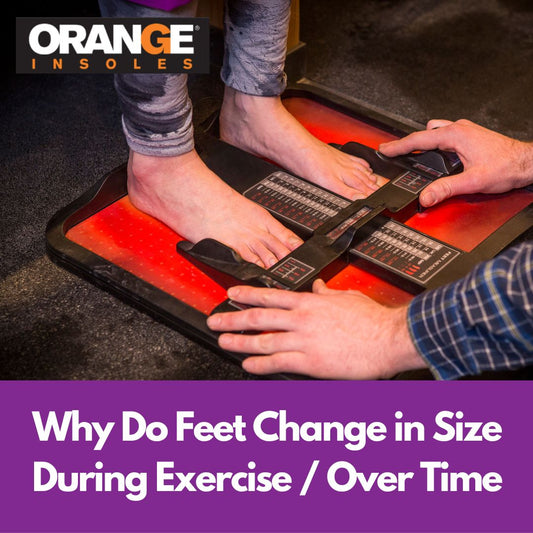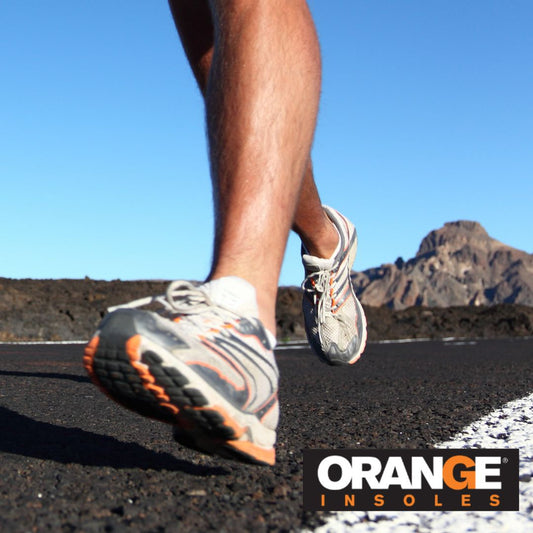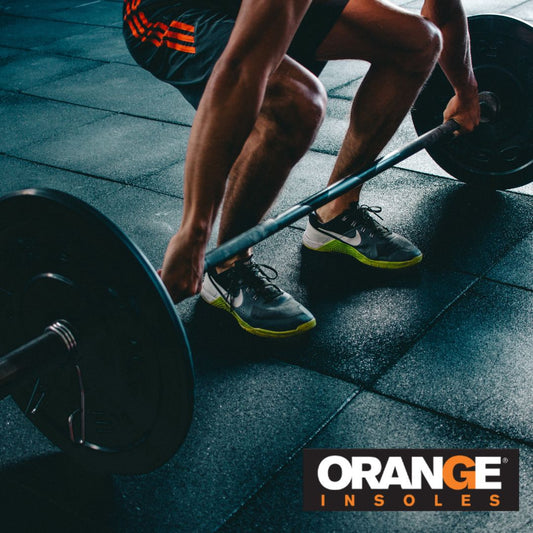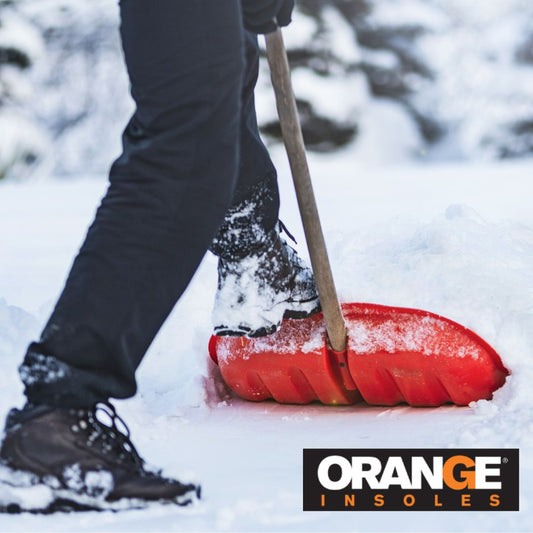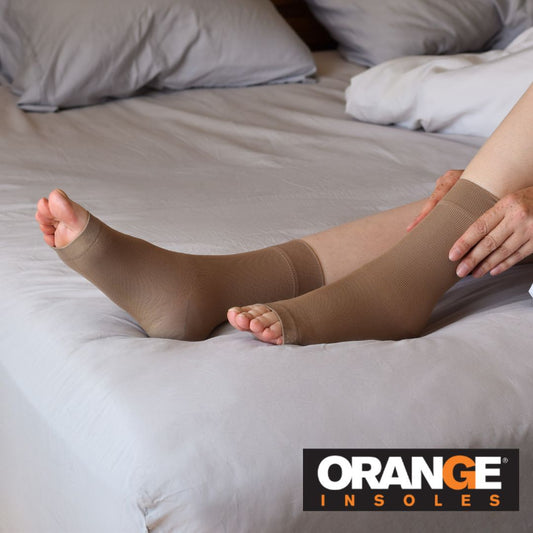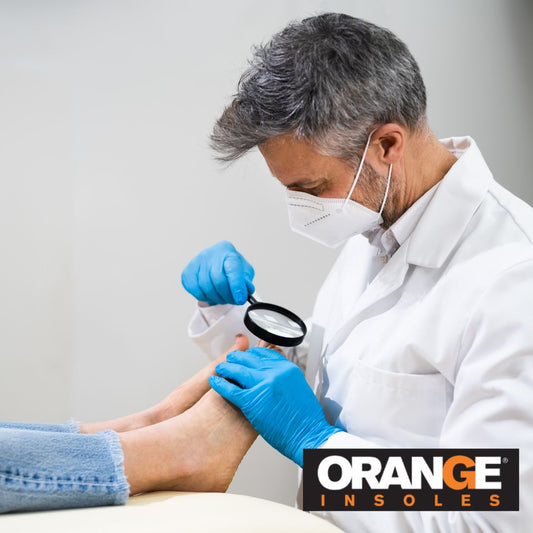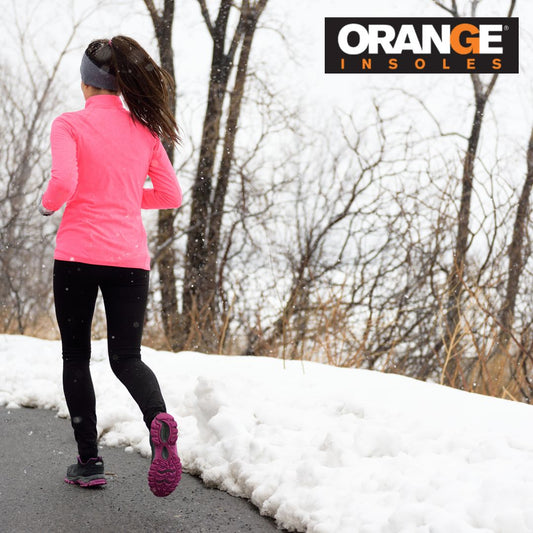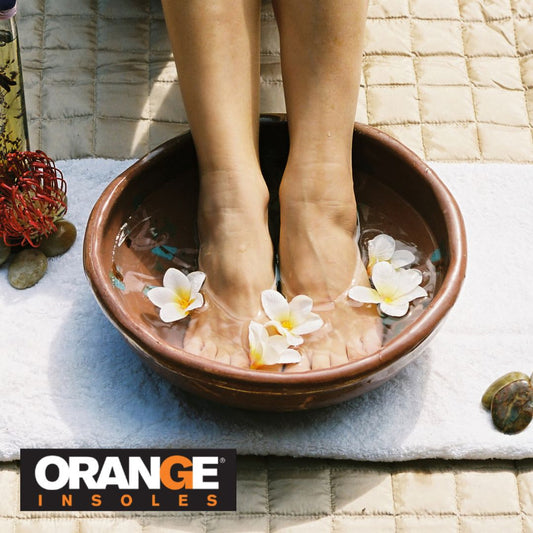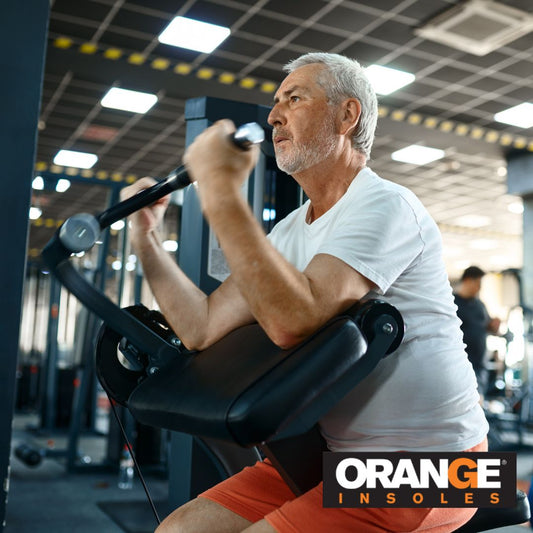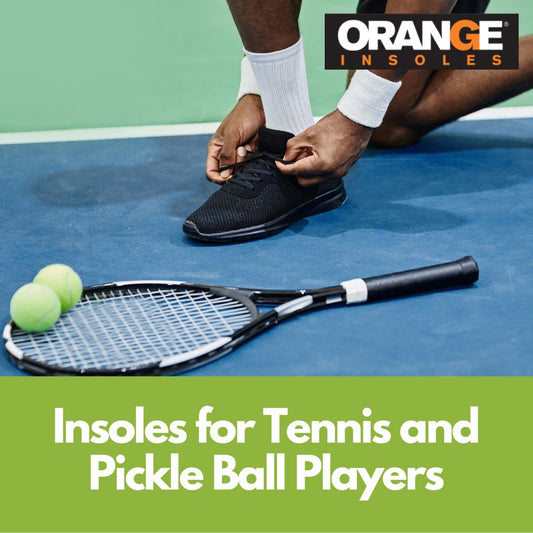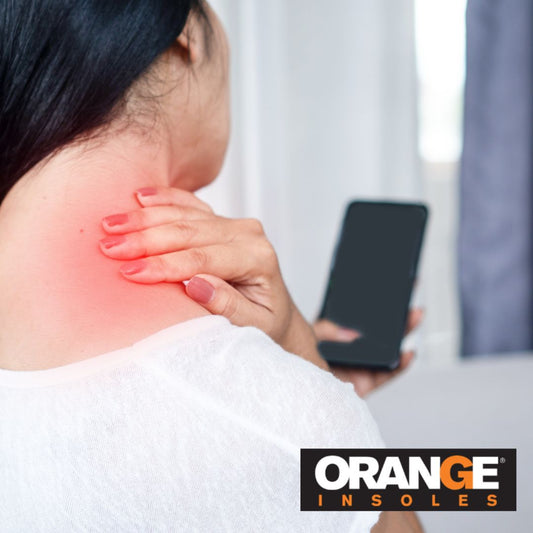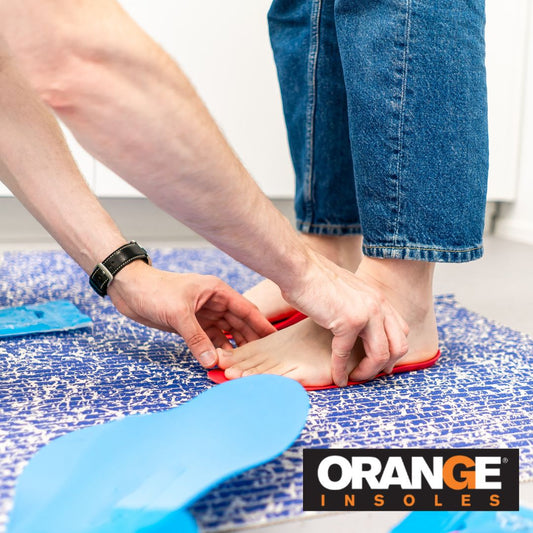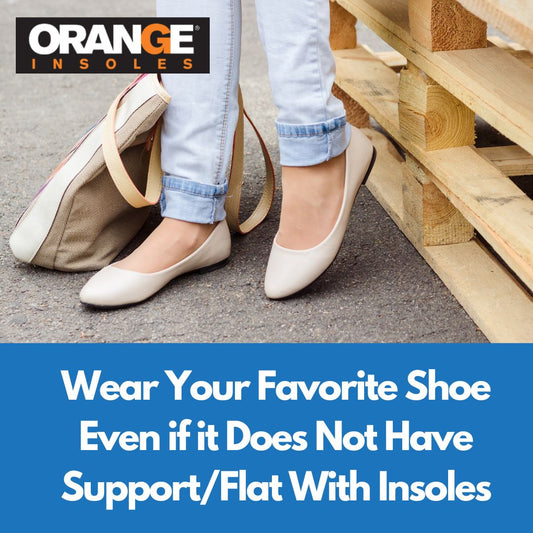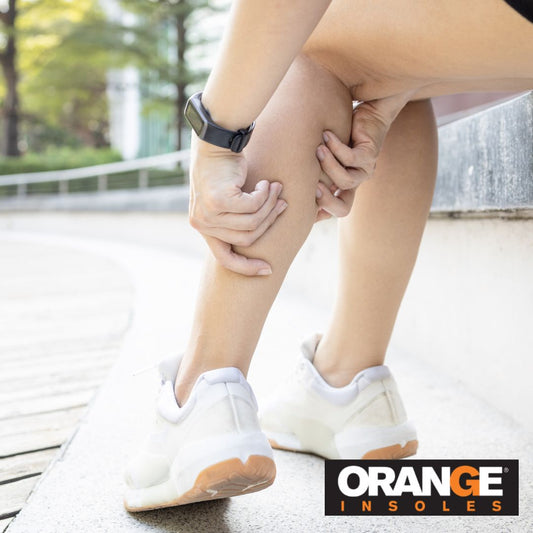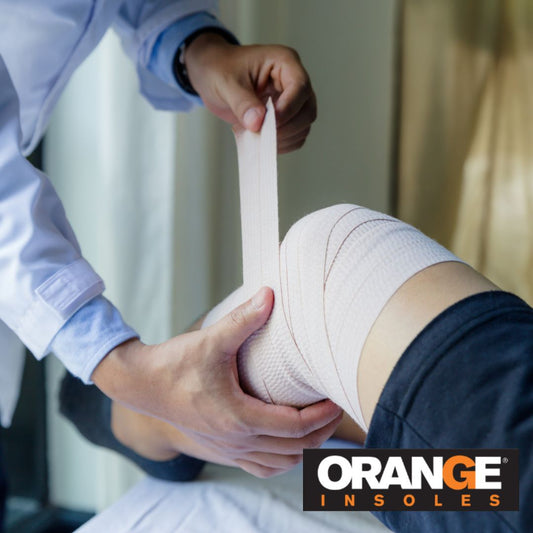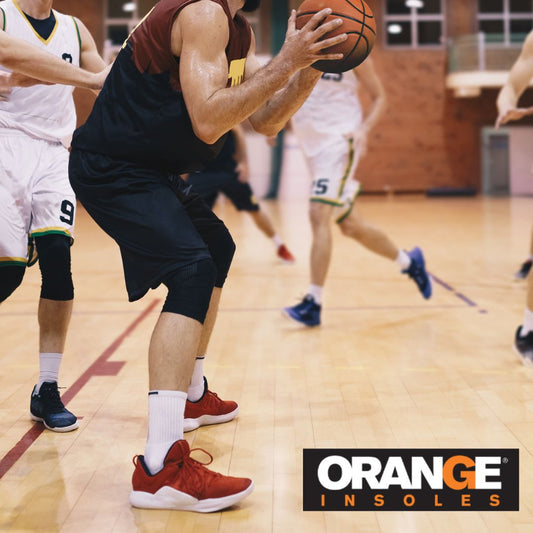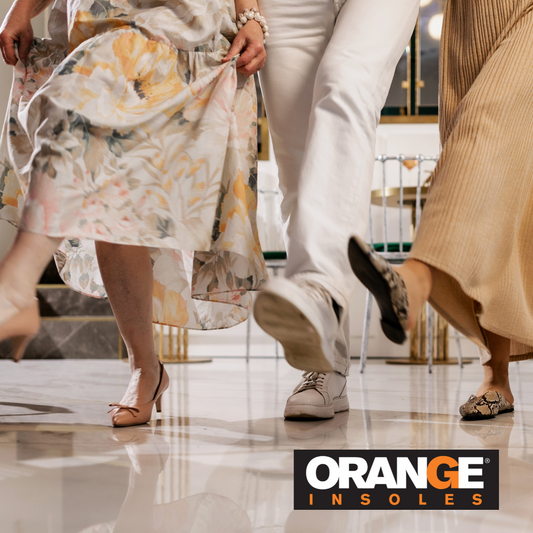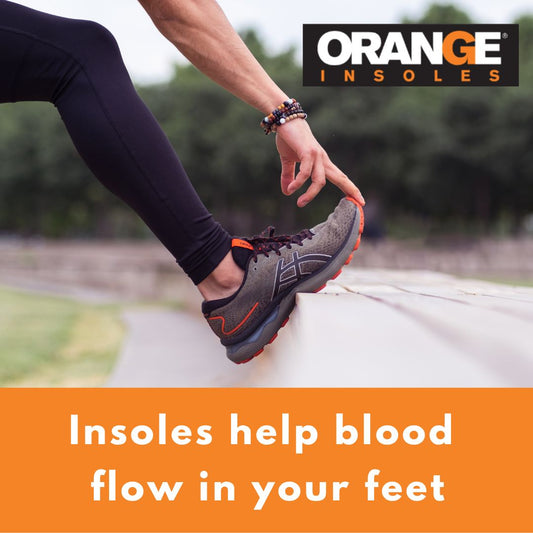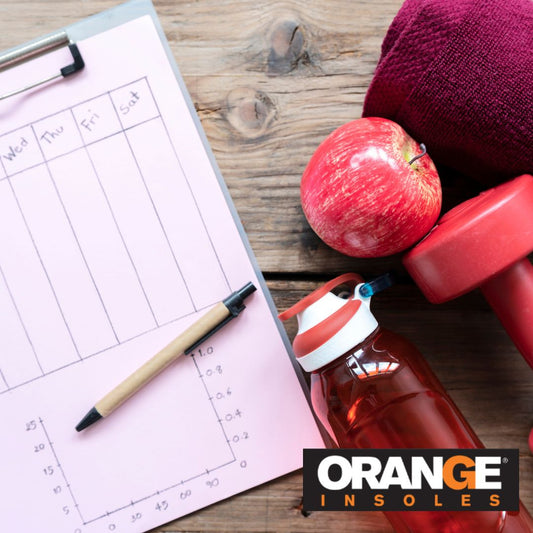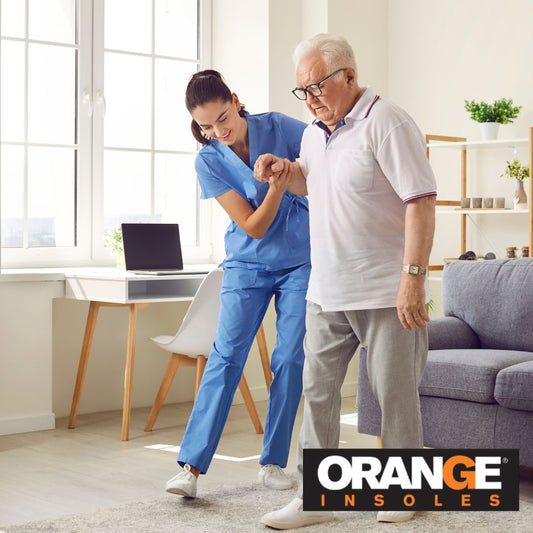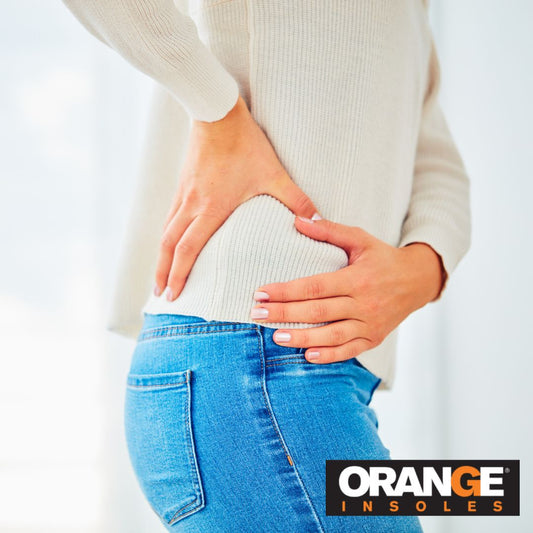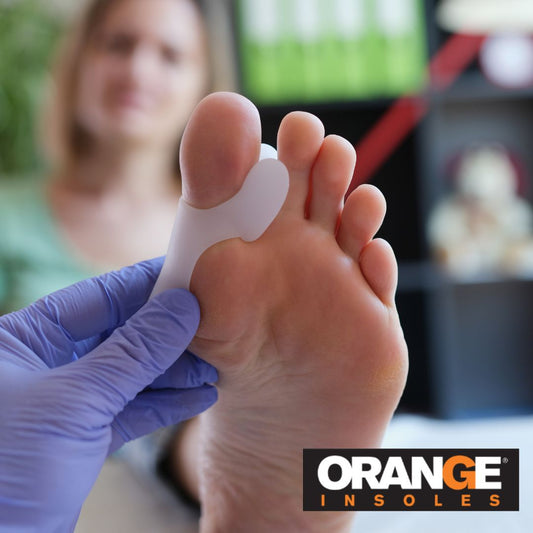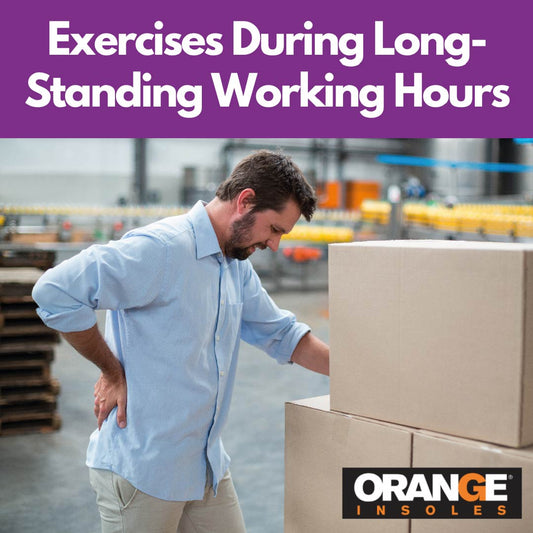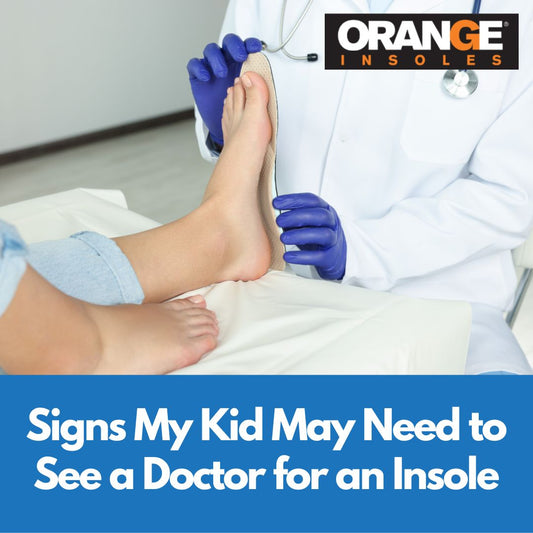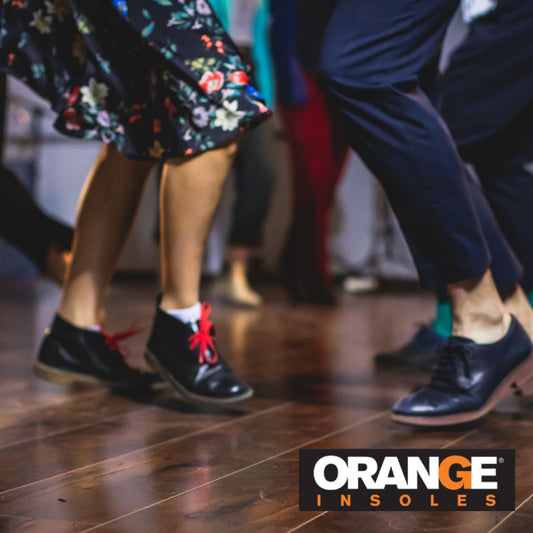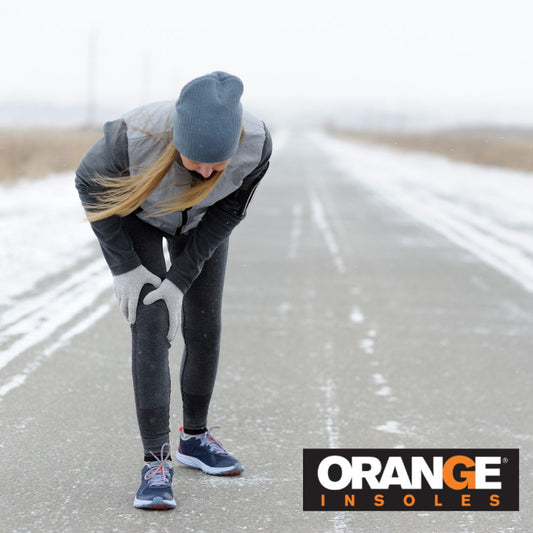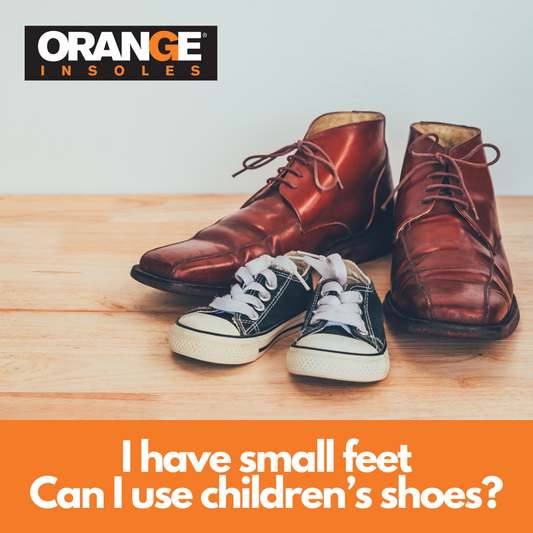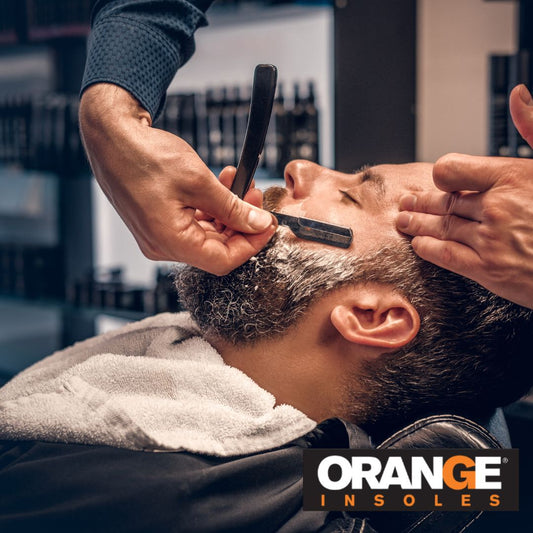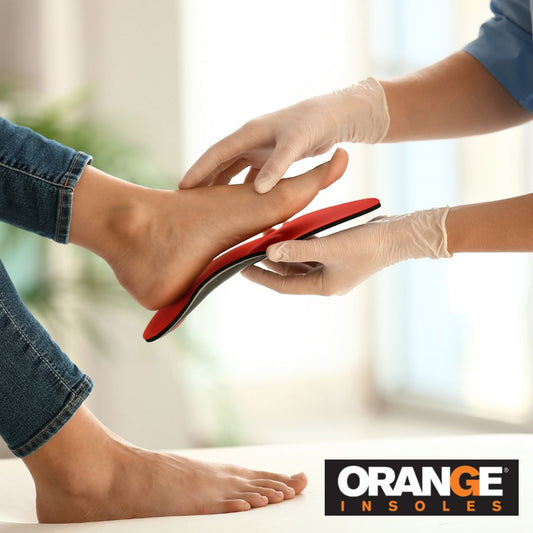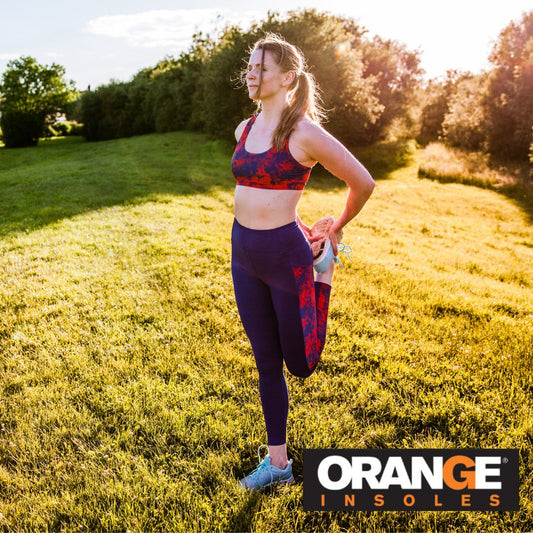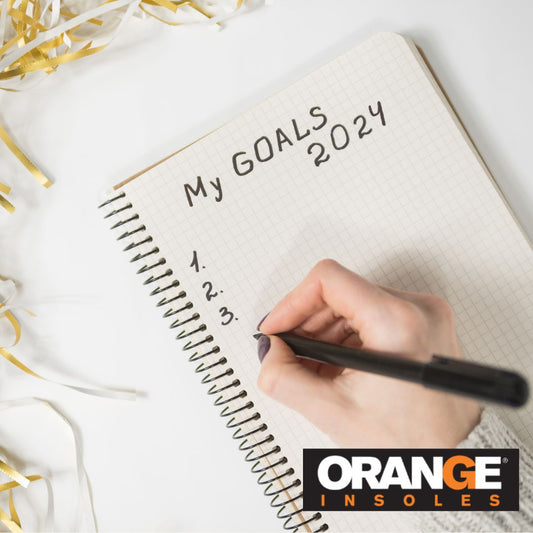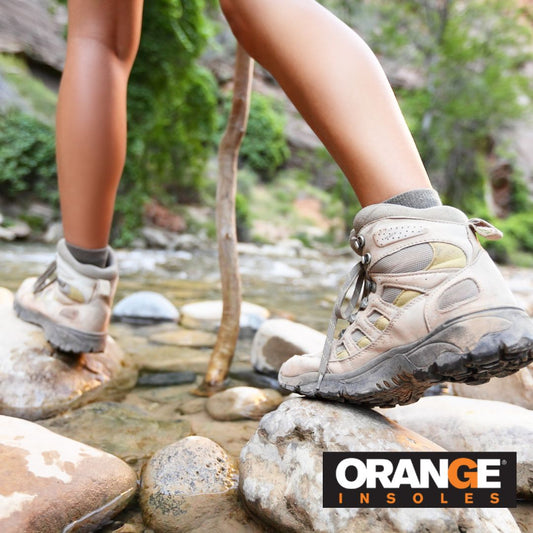Ah. Back pain. An easy ailment to identify… and a particularly difficult complaint to find the cause of. People who suffer from back pain often try to isolate the cause of their discomfort, with mixed success.
“I must have slept on it funny.”
“I was moving a couch last week, maybe it just caught up with me.”
“Bad backs run in my family.”
All of those things could be true. But something you hardly hear anyone say?
“I must have poor alignment caused by non-supportive footwear.”
Still, bad back issues can be caused or exacerbated by improper support. While there may be myriad causes for back pain, (and there may not be one simple solution to fix it,) it is still a good idea to take a look at the role your feet could be playing.
Alignment & Back Pain
Yes, back pain is tricky. There really isn’t a simple solution for everyone’s back problems… because everyone’s back is different.
Backs can be injured by lifting heavy objects, by sports injuries or sudden unexpected movements, by the long-term effects of poor posture over one’s lifetime. Back pain can even be a hereditary problem.
Even so, there’s one thing for sure: if you have poor alignment in your gait, you’ll likely be making your back pain worse… regardless of the cause.
We’ve talked about alignment before in our post on Hip Pain, and the way that your foot type can impact your gait. If you have an efficient foot type, with a healthy gait and good walking form, you will be in the correct alignment- and that means you’ll be carrying the weight and force of your movement in a natural, healthy way.
If you have poor alignment… well, you may be dealing with torque.
Let’s Torque About It
Torque is a twisting force that causes, or tries to cause, rotation. And it’s often caused by issues of overpronation when walking or running.
Pronation is all about the way your foot rolls as you proceed through your gait. A little pronation is good: it provides some natural shock absorbtion. But when you overpronate, your foot is rolling inward excessively. Your medial arch gives in to the motion and you lose support. You roll in too hard, which generates torque.
The overpronation in your gait, which causes your foot to roll in, generates that twisting force in your leg. And it has to go somewhere. When your back is subject to unexpected twisting motions and awkward movement, you’re risking injury.
And if you have an existing injury in your back, creating forces like torque by poor alignment below that injury will continue to aggravate it and prevent it from healing properly.
To avoid torque, it’s important to have supportive footwear, (footwear with a wide base and contoured arch support in the midsole,) in order to keep you in correct alignment. If you have to wear a shoe that lacks support, you can enhance it with a good, supportive insole.
The Shocking Truth About Shock Absorption
You may hear a lot about shock absorption when it comes to back-pain insole solutions. And, on the face of it, it seems to make sense. After all, if you have pain in a particular area, jarring it excessively doesn’t seem smart.
And that’s true, to a point. Obviously, it never makes sense to expose an injury to prolonged impact. It’s a good idea to cushion the impact of your stride.
However, there are plenty of insoles, usually gel-based, that only address shock absorption, and don’t address alignment at all. And really, when it comes to back pain, alignment is usually the more crucial issue.
So do look for good shock absorption, (EVA foam and polyurethane will do wonders on that front,) but don’t sacrifice alignment in your quest for a cushier step!
Alignment Solutions For Back Pain
Regardless of the cause of your back pain, fixing underlying alignment issues can only help in your quest for healing and pain relief.
Make sure that you are picking the right shoes, especially if you’re running, or if you’re on your feet all day for work. You want supportive shoes with a wide base. It’s also a good idea to pick out a neutral shoe, where the midsole is all one density. These tend to help on both fronts, shock absorption and alignment.
If you decide to use an insole to help with alignment issues, make sure that it has features of support as well as comfort. Look for additional arch support to help protect against overpronation, and a heel cup and metatarsal pad to keep the foot in place through the impact of your gait.
Regardless of the shoe you wear, Orange Insoles has a product for your needs! Try our supportive insole and help correct the alignment issues that keep your back from feeling as good as it can.
